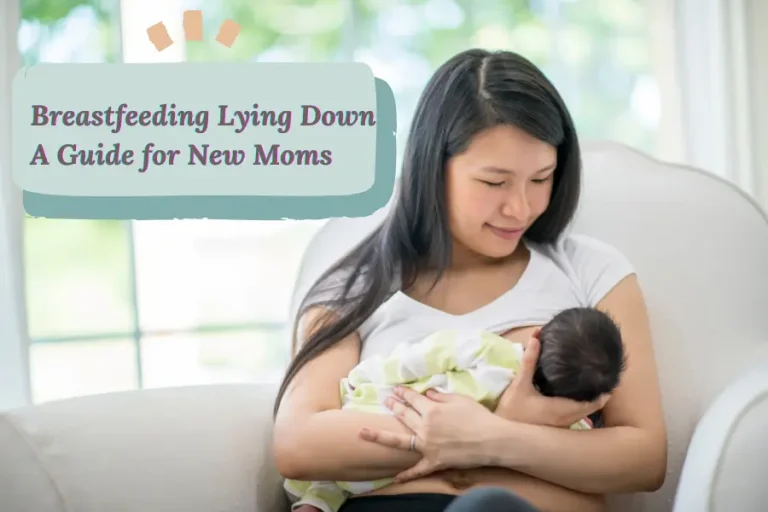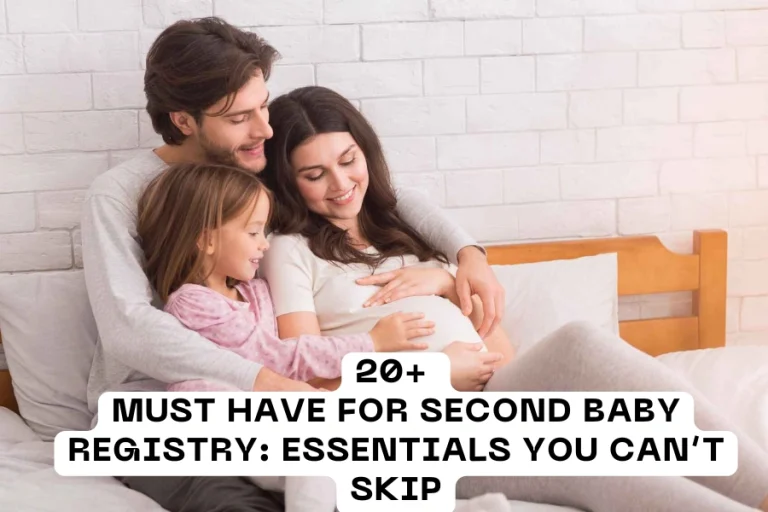
In parenthood, one of the things you may find both exciting and challenging is your baby’s growth and changes. Among them is the sleep patterns of babies. There will be some major transitions in their sleeping habits from month four. As your baby gets older, they will gradually move from multiple short naps to two longer ones during the day. This schedule has two naps, which allow your baby to rest and at the same time leave more hours to play and learn about the world.
But finding that perfect two-nap routine may feel just a little tricky. How long should the naps be? When should they happen? How do you guarantee your baby actually gets enough sleep? This guide will answer all of your questions and help you master the art of the two nap schedule.
Why Do Babies Need To Take Naps?
Naps are important to babies as they help in growth, the brain’s development, and well-being. The brains of babies work overtime due to their learning something new every day. Their small minds need naps to have a chance to process everything. More often, a normal nap enables them to memorize things, enhances learning, and keeps them cheerful. In addition, daytime sleeping prevents overtiredness in babies, which may further make it difficult for them at night.
Naps also play a very important role in physical development. While sleeping, growth hormones are released and help the babies grow strong and healthy. So, keeping everything in mind, naps are not only about giving you a break, they are an important part of your baby’s development.
Setting and maintaining a routine nap schedule for babies is one of the ways to make sure that they will get enough sleep. Perhaps one of the most pervasive, yet misguided thinking from parents is that if the baby skips daytime naps, they will be much more tired, and hence sleep better and easier at night. However, this is not right. Kim West, a sleep coach for babies said: “Sleep begets sleep.”
When Does A Baby Start Having Two Naps?

Newborn babies sleep much during the day and night, but their sleep patterns have not taken any regular shape as yet. Usually, babies sleep in very short lengths frequently, lying for 30 minutes to 2 hours at a time. As the infant grows older, his sleep develops an orderly pattern. Starting between 4 to 6 months, most babies’ nap schedules become more predictable.
At this point, most babies settle down into 2 or 3 naps per day. Most are into the times between 6 and 9 months, with two main naps-one in the morning and again in the afternoon.
Guide To Two Nap Schedule For A Baby – From 4 To 14 Months
Below is the guide for you to set a baby’s two nap schedule. Stick to it and building good sleeping habits for your baby is the key to support best for their development.
4 To 6-Month Two Nap Schedule
At this stage, your baby needs to take 2 or 3 short naps in about 3-4 hours during the day. They will sleep 11-12 hours at night. You should try to get them to sleep at 8:30 am or 12 pm and maybe a catnap at 4 pm.
But keep in mind that at 4 months, many babies go through “sleep regression,” in which they begin to reject taking naps1. So, it will be a bit challenging to train babies to take snaps at this time. This is because they can wake up easily and hard to back to sleep again. This difficult stage can last about 3 weeks. Parents can try to induce them to sleep by feeding or rocking them.
6 To 9-Month Two Nap Schedule
Daytime sleep for 6 to 9-month-old babies typically ranges from 2 to 3.5 hours, spread across 2 naps. Nighttime sleep usually lasts 11 to 12 hours. The best time for a morning nap should start at 9:30 am and the afternoon nap is around 2 pm.
During this phase in the baby milestone chart, babies experience a lot of growth, like crawling, standing up, cruising around, and maybe showing some signs of walking. With all this excitement, your baby might be too distracted or energized to easily settle down for naps. Hence, naps are very important to allow babies to restore their energy.
9 To 12-Month Two Nap Schedule

Around 9 to 12 months, the babies should two nap schedule which lasts between 2 to 3.5 hours at a time. They will sleep about 11 hours at night.
When your baby is at this age, you might notice your baby taking a long morning nap and resisting an afternoon nap. If this happens, consider shortening the morning nap to 1.5 hours or even 45 minutes. The afternoon nap is essential to prevent your baby from becoming overtired, which can help them sleep better through the night.
While some parents might be tempted to switch to just one nap during this time, most babies aren’t ready for a single-nap schedule until they’re around 15 to 18 months old. Keeping two naps ensures your baby gets the rest they need to grow and develop properly.
12 To 14-Month Two Nap Schedule
When the babies get over 1 year, they start to get into longer periods of awake time during the day. However, they still highly require two naps. Some toddlers may begin showing their resistance to one of their naps, especially the second nap. Both these naps, however, should be retained to avoid overtiredness. An overtired baby may lead to fussiness, difficulty sleeping, and waking at night.
After 14 months, the babies will transfer to a one-nap schedule of about 2-3 hours in the afternoon. The nap can fluctuate between 12h30 to 3h pm. Babies will spend more time for learning and activities as well as light snacks during the day.
Final Thoughts
Now, you know that it’s very crucial to set up two nap schedule for a baby. Good daytime naps will balance their need for sleep throughout the day and help them continue being well-rested at night. It may be difficult for the training but you should try different ways to get them into short naps. If it is too hard, letting your baby nap in the stroller or on the go can be useful.
Source
- Clinic, C. (2024, July 10). Infant Sleep Regression: What Parents Need To Know. Cleveland Clinic. https://health.clevelandclinic.org/the-4-month-sleep-regression-what-parents-need-to-know
↩︎






